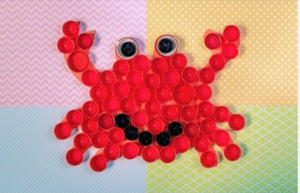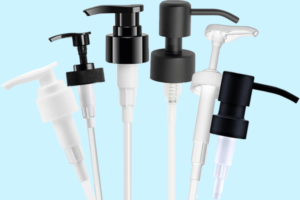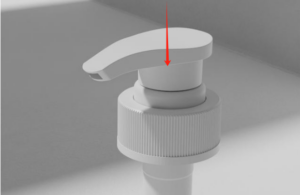In the world of branding, the power of a logo cannot be underestimated. It is the face of a company, the visual representation that instantly communicates its identity and values to the world. And when it comes to creating a logo that leaves a lasting impression, closure logo are the epitome of artistry and ingenuity.
Closure logos are designed to engage the viewer’s imagination by using negative space in an intelligent and creative way. By strategically incorporating hidden elements or subtle designs, they invite the observer to complete the visual puzzle, creating a sense of intrigue and curiosity.
Whether it’s the famous arrow hidden within the FedEx logo or the clever use of a wine bottle in the Amazon logo, closure logos add a layer of depth and meaning that sets them apart from traditional designs. With their ability to captivate and entertain, closure logos not only enhance a brand’s visual appeal but also leave a lasting impression on the audience’s minds.
Trong bài viết này, we explore the art of closure logos, delving into the techniques, examples, and benefits of these visually captivating designs. Join us as we unravel the mysteries and brilliance behind some of the most iconic closure logo in the corporate world.
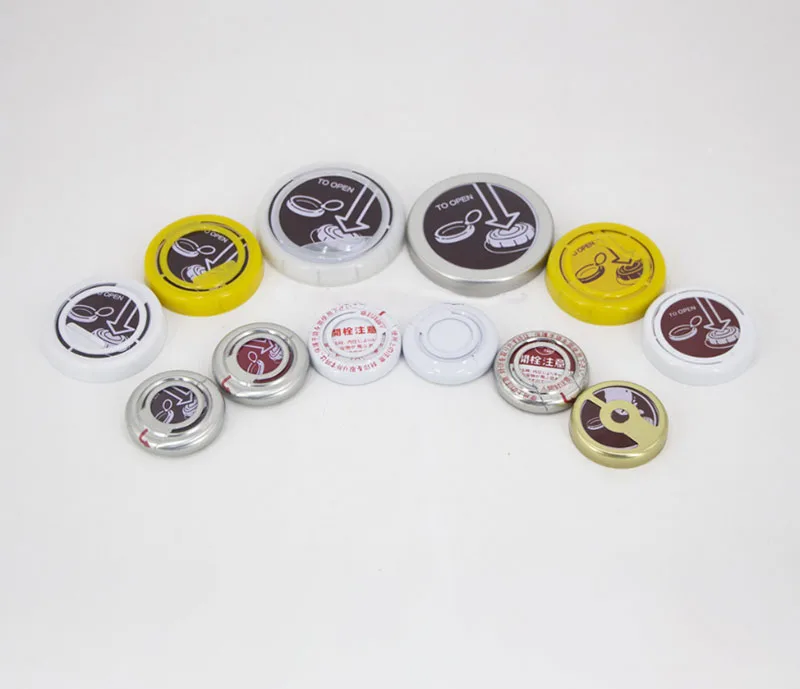
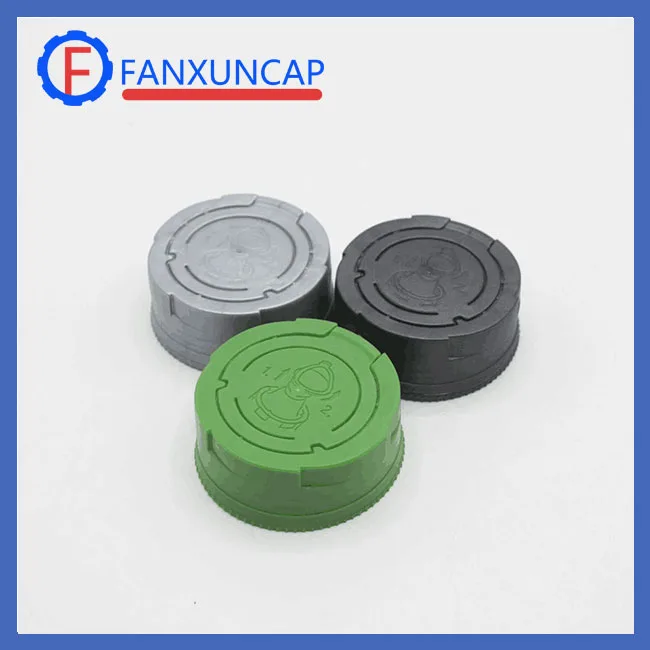
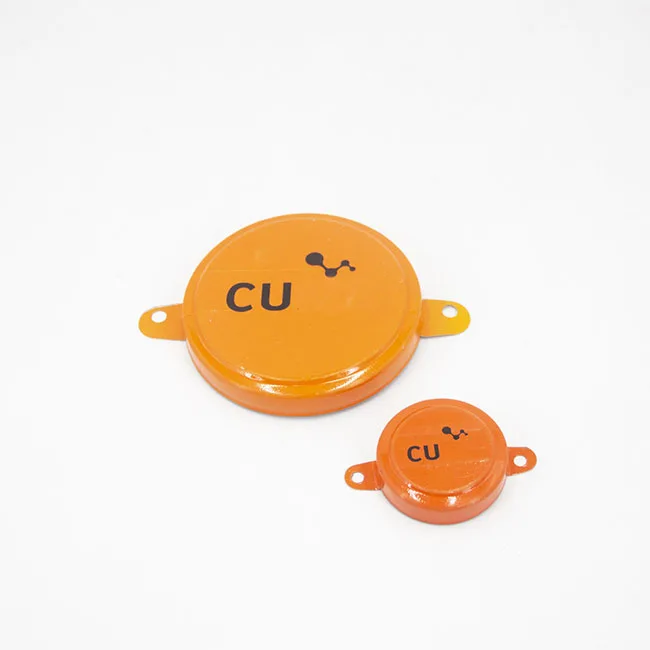
Importance of Closure Logos in Branding
Closure logos, which are often found on the caps or lids of products, play a crucial role in branding. These small but significant visual elements offer several advantages in establishing and reinforcing a brand’s identity and presence in the market.
- Brand Recognition: Closure logos act as a visual cue, helping consumers quickly identify a product’s brand. These logos are often consistent across a brand’s product line, creating a cohesive and easily recognizable brand identity. When consumers see the closure logo, they instantly associate it with the quality and characteristics of that brand.
- Trust and Quality Assurance: Closure logos also serve as a symbol of trust and quality assurance. When consumers see a familiar logo on a product, they are more likely to trust its reliability and performance. This trust can result in repeat purchases and brand loyalty.
- Differentiation: In a crowded marketplace, a distinctive closure logo can set a brand apart from its competitors. A unique and well-designed logo can catch the eye of consumers and make a brand more memorable, helping it stand out in a sea of similar products.
- Marketing and Advertising: Closure logos are an integral part of a brand’s marketing and advertising efforts. They are often featured prominently in promotional materials, making it easier to create consistent and visually appealing branding across various marketing channels, from packaging to digital media.
- Subliminal Messaging: Closure logos can convey subtle messages about a brand’s values, mission, or product attributes. Ví dụ, a sleek and modern logo may suggest innovation, while a classic and ornate logo can evoke tradition and heritage. These subliminal messages can influence consumers’ perceptions of the brand.
- Brand Cohesion: A well-designed closure logo complements the overall brand identity, enhancing the cohesiveness of the brand’s visual language. This cohesion contributes to a more unified and memorable brand image.
Closure logos are a vital component of branding, offering a range of benefits, from brand recognition and trust to differentiation and subliminal messaging. Their presence on product packaging and their consistent use in marketing materials help shape and reinforce a brand’s identity, fostering consumer loyalty and brand success.
Elements of a Successful Closure Logo
Creating a successful closure logo is a key aspect of effective branding. A well-designed closure logo should encompass several elements to make it memorable, impactful, and reflective of the brand’s identity:
- Simplicity: Successful closure logos are often simple and uncluttered. They should be easy to recognize and understand at a glance. Avoid overly complex designs that may confuse or overwhelm consumers.
- Distinctiveness: A closure logo should stand out from the competition. It should be unique and instantly recognizable, helping the brand to differentiate itself in a crowded marketplace.
- Consistency: The closure logo should be consistent with the overall brand identity. It should align with the brand’s color scheme, typography, and visual style, ensuring a cohesive and unified image.
- Relevance: The closure logo should be relevant to the brand and its products. It should communicate key messages or qualities associated with the brand, whether it’s quality, sustainability, sự đổi mới, or tradition.
- Scalability: A successful closure logo should work well at different sizes, from large-scale packaging to small caps or lids. It should maintain its clarity and impact whether it’s displayed prominently or in a more subtle manner.
- Tính linh hoạt: The logo should be adaptable to different contexts and materials. Whether it’s embossed on a metal lid, printed on a label, or displayed digitally, it should retain its integrity and legibility.
- Memorability: The closure logo should leave a lasting impression on consumers. A memorable logo enhances brand recall, encouraging repeat purchases and fostering brand loyalty.
- Timelessness: While the brand may evolve and change over time, the closure logo should have a degree of timelessness. It should not become quickly outdated, ensuring a lasting and relevant brand identity.
- Emotional Appeal: An effective closure logo can evoke emotions and connections. It should resonate with consumers on a personal or emotional level, making them more likely to connect with the brand.
- Adaptability: As a brand expands or introduces new product lines, the closure logo should be adaptable to accommodate these changes. It should remain relevant and effective as the brand evolves.
Tóm lại là, a successful closure logo incorporates elements such as simplicity, distinctiveness, consistency, relevance, scalability, versatility, memorability, timelessness, emotional appeal, and adaptability. By paying attention to these factors, brands can create a powerful and lasting visual identity that strengthens their presence in the market and fosters consumer loyalty.
Examples of Well-Designed Closure Logos
Well-designed closure logos can be found in various industries, and they serve as excellent examples of effective branding. Here are a few notable examples of closure logos that encapsulate the key elements of successful design:
- Coca-cola: The Coca-Cola closure logo is an iconic example of a simple yet distinctive design. Its classic red and white color scheme, along with the unique, scripted typography, is instantly recognizable and evokes strong emotional connections. The closure logo perfectly complements the brand’s overall identity.
- Apple: Apple’s closure logo, which is a simple apple silhouette with a bite taken out of it, is a prime example of a highly scalable and versatile design. It’s seen on all Apple products, from the iPhone to the MacBook, and remains clear and impactful at various sizes and on different materials.
- Nike: The Nike “swoosh” symbol on their products’ closures is a symbol of brand memorability. Its simplicity and dynamic design evoke a sense of movement and motivation, aligning perfectly with Nike’s athletic and performance-oriented brand.
- Starbucks: Starbucks’ closure logo, a simplified version of the iconic mermaid or “siren” from the company’s original logo, is a fine example of a well-designed and versatile closure logo. Its adaptability to various materials and environments makes it a strong component of Starbucks’ brand identity.
- Chanel: The interlocking “CC” logo found on the closures of Chanel’s luxury products is a symbol of timeless elegance. Its simplicity and distinctiveness are synonymous with the brand’s prestigious and enduring image.
- Amazon: Amazon’s closure logo on its packaging may appear simple, but it is designed for scalability and adaptability. The smile-shaped arrow from “A to Z” subtly conveys the idea that Amazon offers everything from A to Z, and it is memorable in its simplicity.
- McDonald’s: The golden arches closure logo of McDonald’s is a globally recognized symbol of fast food. Its simplicity and memorable design make it a successful closure logo that stands out on a variety of materials and settings.
These examples showcase how well-designed closure logos can encapsulate the essence of a brand, creating a visual identity that is instantly recognizable, memorable, and adaptable to different applications. These logos are not only effective in their branding but have also become iconic symbols in their respective industries.
How to Create a Closure Logo for Your Brand
Creating a closure logo for your brand is a pivotal step in establishing a strong visual identity. Here are some key steps to help you design an effective and memorable closure logo:
- Understand Your Brand: Begin by thoroughly understanding your brand’s values, mission, and unique selling points. Consider what you want your brand to convey to customers, whether it’s quality, tradition, sự đổi mới, or another defining characteristic.
- Research Your Market: Conduct market research to understand your target audience and your competition. Identifying market trends and consumer preferences will guide your design choices.
- Work with a Professional Designer: Collaborate with a professional graphic designer or design team who can translate your brand vision into a compelling closure logo. They will have the skills and expertise to create a design that aligns with your brand identity.
- Simplicity is Key: Keep your closure logo design simple and uncluttered. Complexity can confuse and detract from the logo’s effectiveness. Opt for a design that can be easily recognized and understood at a glance.
- Be Distinctive: Aim for a distinctive design that sets your brand apart from competitors. Avoid clichés or overused elements, and focus on creating a logo that is unique and memorable.
- Consistency: Ensure that your closure logo aligns with your overall brand identity. This includes using consistent colors, typography, and visual style that reflect your brand’s personality and values.
- Test for Scalability: Test your logo at various sizes, from large to small, to ensure it remains clear and recognizable. Scalability is crucial as the logo will appear on different materials and in various contexts.
- Tính linh hoạt: Design your logo with versatility in mind. It should be adaptable to different packaging materials, digital media, and other applications while retaining its integrity.
- Seek Feedback: Once you have a preliminary design, seek feedback from colleagues, stakeholders, or focus groups. Honest feedback can help refine your closure logo to be more effective.
- Legal Considerations: Ensure that your logo does not infringe on existing trademarks or copyrights. Consider consulting with legal experts to protect your logo as an intellectual property asset.
- Refinement: Design is an iterative process. Be open to making refinements based on feedback and further testing, ensuring your closure logo is as effective as possible.
- Launch and Promote: Once your closure logo is finalized, launch it on your products and packaging. Incorporate it into your branding and marketing materials to strengthen brand recognition.
Creating a closure logo for your brand is a creative process that requires careful consideration and professional expertise. When executed effectively, your closure logo becomes an integral part of your brand identity and plays a pivotal role in building consumer recognition and loyalty.
Incorporating Closure Logos into Your Marketing Materials
Once you have designed an effective closure logo for your brand, the next step is to seamlessly incorporate it into your marketing materials. Your closure logo can play a significant role in strengthening your brand identity and increasing brand recognition. Here’s how to do it:
- Packaging: Your closure logo should be prominently featured on your product packaging, ensuring that it’s visible when consumers interact with your product. It reinforces brand recognition and can influence purchasing decisions.
- Labels and Stickers: In addition to your primary packaging, consider using labels or stickers with your closure logo on secondary packaging, like gift boxes or promotional materials. This reinforces your brand identity and adds a personal touch to the customer experience.
- Advertising Materials: Your closure logo should be incorporated into various advertising materials, such as print and digital advertisements, brochures, and flyers. It’s a visual cue that ties your advertising back to your product and brand.
- Social Media: Use your closure logo as a profile picture or cover photo on your social media accounts. Incorporate it into your post visuals and stories to maintain consistent branding across different online platforms.
- Website and E-commerce: Feature your closure logo prominently on your website and e-commerce platforms. It serves as a familiar symbol that reassures customers they’re in the right place and reinforces your brand’s online presence.
- Email Signatures: Add your closure logo to your email signatures to create a professional and cohesive brand image in all your email communications.
- Business Cards: Include your closure logo on your business cards to leave a lasting impression on potential clients or partners you meet in person.
- Merchandise: If your brand has merchandise, such as apparel or promotional items, incorporate your closure logo into the designs to offer branded products that can be worn or used by customers.
- Packaging Tape and Seals: Consider using custom packaging tape or seals that feature your closure logo. This adds a personalized touch to your shipments and reinforces your brand as soon as customers receive their orders.
- Trade Shows and Events: When participating in trade shows or events, ensure that your booth or display prominently showcases your closure logo. It will help visitors easily identify your brand among the crowd.
By consistently incorporating your closure logo into various marketing materials, you reinforce brand recognition and create a strong visual identity for your brand. This cohesion and recognition can lead to increased customer loyalty and trust in your products and services.
Phần kết luận
A well-crafted closure logo is more than just a visual element on your product’s cap or lid; it’s a powerful tool that can significantly impact your brand recognition and foster customer loyalty. It serves as a symbol of your brand’s identity and values, providing consumers with an instantly recognizable cue that speaks to the quality and consistency of your products. From packaging to marketing materials and beyond, the presence of your closure logo reinforces your brand’s image and creates a sense of trust. When your customers consistently associate your logo with a positive experience, they are more likely to become loyal brand advocates.

